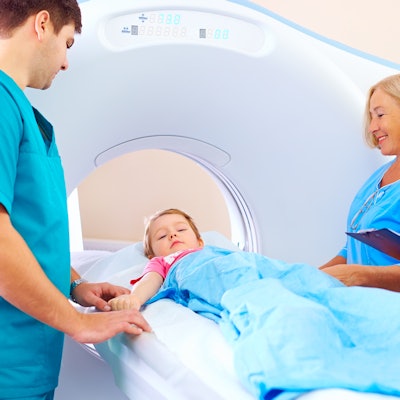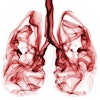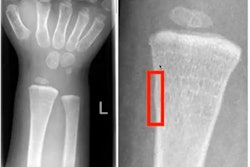
The COVID-19 pandemic changed the composition and completion of pediatric radiology exams, according to a study published December 21 in Academic Radiology.
The study findings shed light on how this particular population was affected by the pandemic, wrote a team led by Dr. Fedel Machado-Rivas of Massachusetts General Hospital (MGH) in Boston.
"A dramatic decrease in imaging volume for all imaging modalities across all age groups and study indications was found, plus several changes in the exams' compositional mix," the group noted. "These findings are concordant with previously reported studies on changes in general radiology practice and align with previous predictive models that suggest a significant negative impact on the likelihood of exam completion."
Machado-Rivas and colleagues sought to quantify any changes in pediatric imaging during the pandemic, taking demographic and clinical factors into account. They conducted a study that included data from MGH's electronic health record for pediatric imaging between September 2019 and May 2020, with March 2020 as the dividing line between baseline and pandemic time frames. The team assessed the following factors from 15,424 imaging exams: age, modality, exam indication, need for anesthesia or sedation, and whether the exam was completed or canceled. Of the total number of exams, 13,715 were taken during the baseline period and 1,047 during the pandemic period.
The investigators found the following pediatric imaging use changes during the pandemic period:
- The percentage of imaging exams for adolescents decreased from 53.3% to 45.5%.
- Exams for nontraumatic pain decreased from 46.3% to 39.1%.
- Neonatal, infant, and early childhood imaging increased.
- Use of CT increased from 5.9% to 7.4%.
- Use of ultrasound increased from 13.5% to 18.3%.
- Oncologic imaging increased from 6.5% to 8.8%.
- Imaging performed under anesthesia increased from 1.3% to 2.7%.
As for exam completion rates, neonatal and MRI imaging had higher odds of completion during the pandemic; fluoroscopy was associated with lower odds of completion.
The study results highlight the need for decision support, according to Machado-Rivas and colleagues.
"[Our findings suggest] the need to apply clinical decision support tools for appropriateness of exam ordering and selection during a future resource-limited setting or even during non-emergent situations as a resource-conservation strategy," they concluded.



















